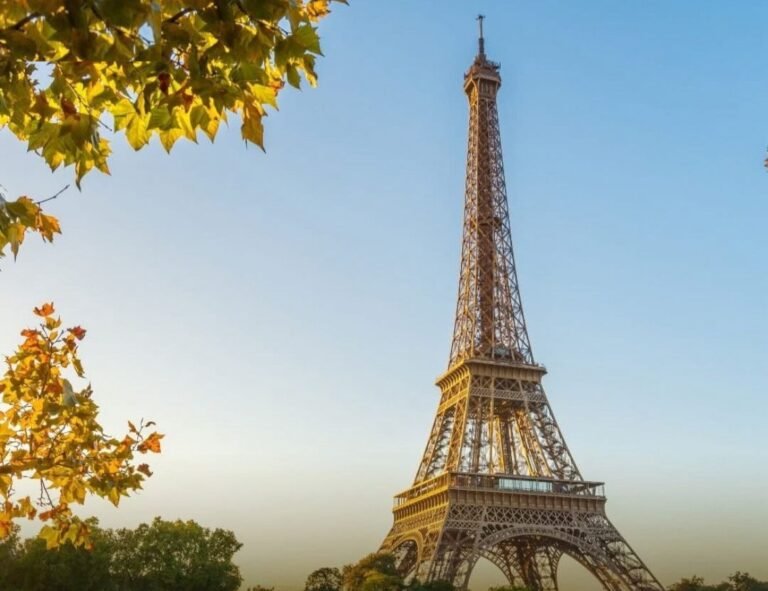The Eiffel Tower, an iconic symbol of Paris and one of the most recognizable structures in the world, stands out not only for its architectural design but also for a little-known physical phenomenon: it grows during the summer. That’s right, when temperatures rise, this colossal iron structure can increase its height by up to 15 centimeters, which is more than 6 inches.
Why does this change occur?
The answer lies in a basic principle of physics: thermal expansion. The Eiffel Tower is built with more than 7,000 tons of iron, a material that expands when heated. On hot, sunny days, the sun heats the tower’s metal surface. This heat causes the iron molecules to vibrate more intensely and move away from each other, causing the structure to elongate slightly.
This change is neither permanent nor dangerous. It is a completely natural reaction that occurs in many other materials and structures around the world.
Fun Facts About the Eiffel Tower
- It was inaugurated in 1889 as part of the Universal Exposition in Paris.
- It stands approximately 330 meters tall (including the antenna).
- Its current color is called “Eiffel Tower Bronze,” a mixture specially created for the monument.
- It is painted every 7 years to protect the iron from rust and maintain its beauty.
- It receives more than 7 million visitors a year, making it one of the most popular tourist attractions on the planet.
Gustave Eiffel, the engineer behind the monument, had already anticipated this behavior. Therefore, the structure was designed to adapt to the climate. Thanks to this approach, the tower has withstood more than 130 years of changing conditions, millions of visitors, and technological transformations, without compromising its integrity.
Conclusion
The Eiffel Tower’s ability to grow and shrink with the seasons is a fascinating example of how science is at the heart of even our most admired structures. It is not just a tourist attraction, but also a living lesson in physics and intelligent design.
So the next time you think of the Eiffel Tower, remember that it is also a testament to how nature and engineering can work together in perfect harmony.



